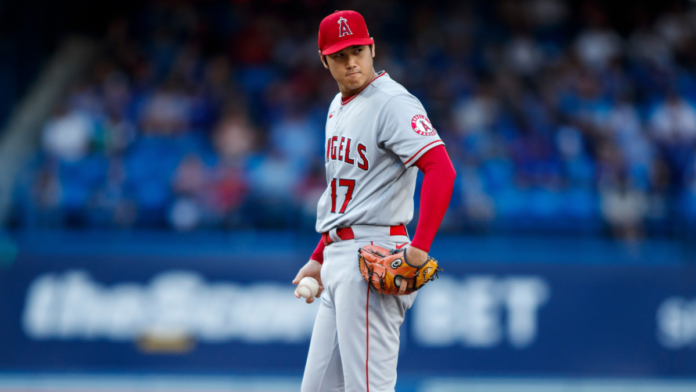Major League Baseball has some new rules for the 2023 season and one of the biggest ones that will require an adjustment period would be the pitch clock.
The rule, summarized:
The clock is 15 seconds with the bases empty and 20 seconds with a runner on base
The clock starts when the pitcher catches the ball from the catcher and the clock runs until the pitcher starts his delivery (not when he releases the ball).
The batter must step in the box and be ready to hit with at least eight seconds left on the clock
Violations by the pitcher are an automatic ball and by the hitter are an automatic strike
A hitter gets one timeout per plate appearance
A pitcher gets two “disengagements” per batter. This is either stepping off or a pickoff attempt. A third disengagement would result in a balk. The disengagement count resets if a runner advances, such as with a stolen base, balk, wild pitch or passed ball.
This might seem pretty complicated, but that’s what the fates (and the league and MLBPA) agreed to. There needs to be a stipulation for pretty much anything and violations have to carry punishments, otherwise they are toothless. In practice, it’ll likely all be very smooth by the end of the season, and that’s being pretty conservative. There will certainly be growing pains, but I’ve been to a good number of minor-league games with the clock and you really stop noticing it after a few innings. The game just moves a lot more quickly.
Now, regarding those growing pains. It’ll certainly be an adjustment for everyone — fans, batters, baserunners, umpires — but the biggest adjustment is for the pitchers who generally take the longest to, you know, pitch. Baseball Savant tracks pretty much everything in baseball these days, so obviously we can use that information to see what pitchers will have the toughest adjustments and which ones won’t.
Now, Savant makes it very clear that there’s a difference in what it times versus what MLB will time. As noted above, the pitch clock measures time from when the pitcher gets the ball to when he starts his windup. The Savant stat, “tempo,” measures time between pitches. That’s a different thing, of course, but it also can give us a general idea of what pitchers work quickly and the ones who haven’t in the recent past.
Those who don’t need to change much? Let’s take a look at the 10 fastest workers, by Savant’s “tempo,” in 2022, with the bases empty. We’ll set the minimum of 500 pitches to weed out the smallest samples and we’ll list their current team.
MLB’s ‘fastest’ pitchers in 2022 (bases empty)
The fastest with runners on base?
MLB’s ‘fastest’ pitchers in 2022 (runners on)
Some other notable “fast” workers: Marco Gonzales, Madison Bumgarner, Cal Quantrill, Miles Mikolas, Nestor Cortes and Taijuan Walker.
Now, the big adjustments will need to come from this next group of guys, the pitchers who took the longest to throw pitches last season. Again, keep in mind it’s not an exact measure and we know everyone will be adjusting how they work. This is in order from the slowest with the bases empty, so “No. 1” was the slowest in baseball.
MLB’s ‘slowest’ pitchers in 2022 (bases empty)
And with runners on base…
MLB’s ‘slowest’ pitchers in 2022 (runners on)
Some other notable “slow” workers: Corbin Burnes, Yu Darvish, Alek Manoah, Lucas Giolito, Blake Snell, Max Fried
Obviously these pitchers are going to have make some adjustments (what else is spring training for?), so it’s entirely possible everything changes this season for at least a few. Maybe it drastically harms some. Maybe it even helps some. Maybe it makes no difference at all in performance. Time will tell.


